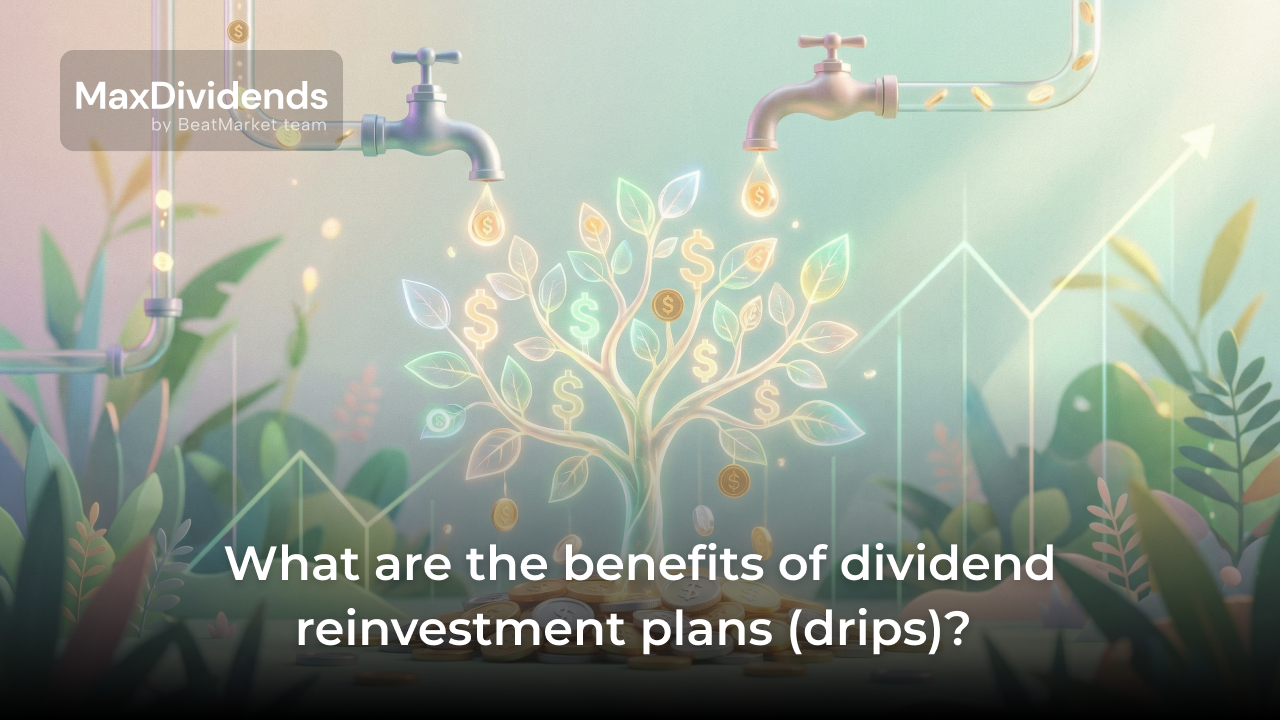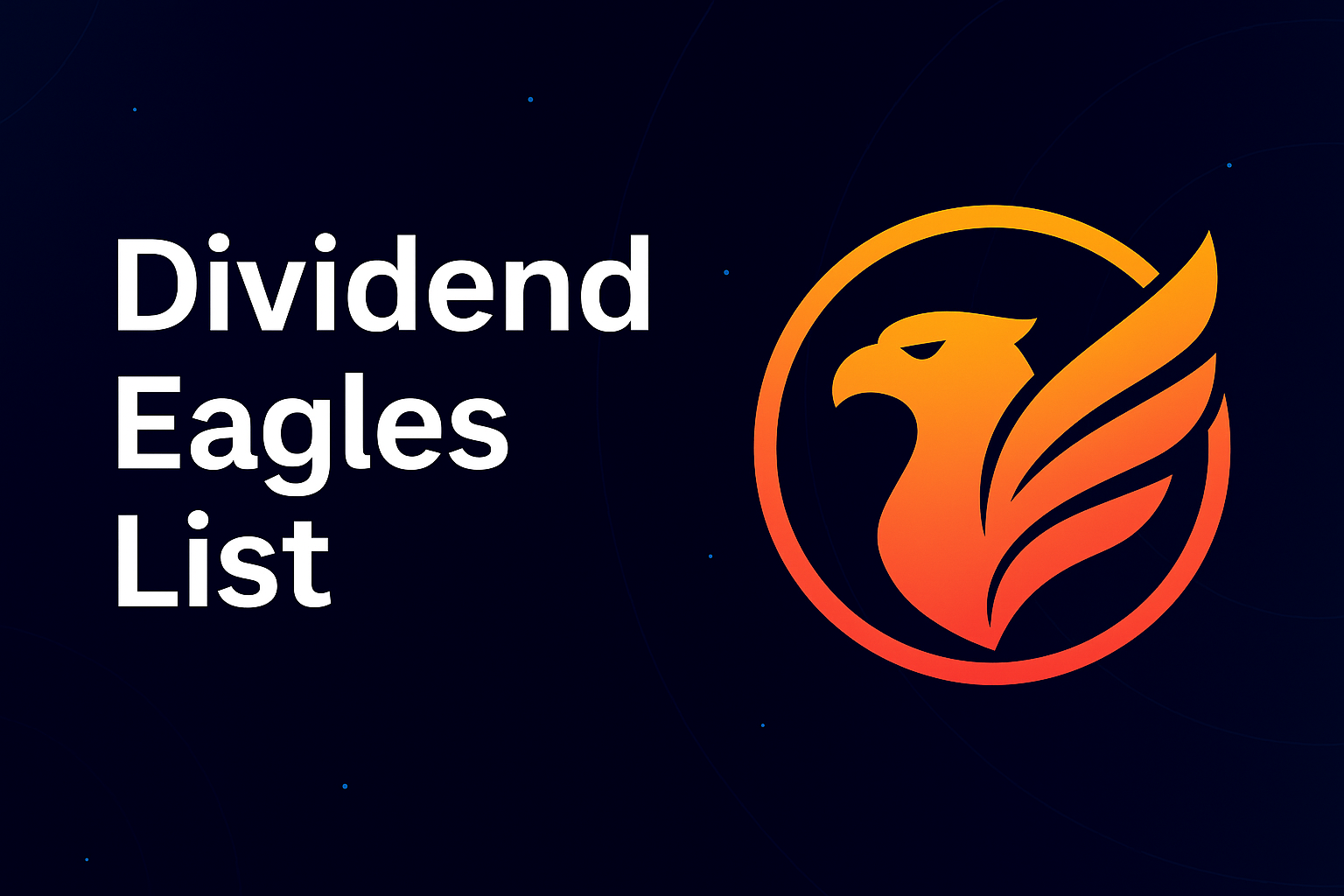Dividend investing lines up what the investment provides (income via dividends) with what nearly all investors need
Like nearly everything, there are both pros and cons to dividend investing. Below, we explore these pros and cons.
Table of Contents
Pros of Dividend Investing
Pro #1: Insulation from Market Volatility
Dividend investing provides a buffer against the unpredictable nature of the stock market. Unlike stock prices, which can fluctuate wildly due to investor sentiment and macroeconomic factors, dividends tend to be more stable. By focusing on dividends rather than stock prices, investors can help protect themselves psychologically from market volatility.
Pro #2: Reliable Income Stream
Most U.S. companies that pay dividends do so consistently. Dividends are typically paid quarterly. For financially healthy businesses, dividends usually either stay the same or increase. This allows for a reliable (and potentially growing) income stream.
Pro #3: Indicators of Financial Health
Companies that consistently pay and increase dividends often signal strong financial health and stability. Regular dividend payments can boost investor confidence, as they indicate that the company generates sufficient profits and has a positive outlook on its future earnings potential. This can make dividend-paying stocks less volatile and more attractive to conservative investors.
Cons of Dividend Investing
Con #1: Reduced Potential For Massive Gains
One significant downside of dividend investing is the lower likelihood of hitting a big 5x or 10x appreciating stock. Dividend stocks (especially those with high payout ratios) typically do not offer the same growth potential as high-growth stocks. While dividends provide regular income, they may not match the substantial capital gains that can be achieved through more speculative growth stocks, which reinvest their earnings to fuel expansion.
Con #2: Risk of Dividend Cuts
Dividends are not guaranteed and can be cut or eliminated if a company faces financial difficulties or decides to reallocate its capital (or simply doesn’t have the capital to pay dividends). Businesses with an eroding competitive advantage, higher levels of debt, and/or higher payout ratios are more susceptible to dividend cuts or reductions.
Con # 3: Dividend Traps
Investing in higher yielding dividend stocks can be risky. Exceptionally high yields may indicate underlying issues with the company, such as financial instability or an impending dividend cut. Investors must conduct thorough due diligence to avoid falling into dividend traps, where the high yield is a “siren song” that lures investors in before a dividend reduction.
Conclusion
Knowing about the positives and negatives of dividend investing is a good first step to figuring out if this approach to investing is right for you.
Savvy investors will seek to maximize the pros of dividend investing, while minimizing its cons.
This, of course, requires a considerable amount of time and research – especially when investing in individual stocks.
And that’s where the MaxDividends shows its value.






